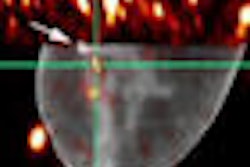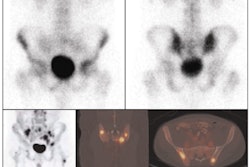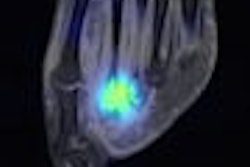Dear AuntMinnie Member,
Computer-aided detection (CAD) technology has been shown over the years to increase lesion detection over a wide range of reader experience levels. Recent research from Stanford University shows that CAD may find undiscovered lung nodules in even the most carefully vetted CT datasets.
Stanford researchers applied their CAD algorithm to the research database being built by the Lung Imaging Database Consortium (LIDC), a project sponsored by the National Cancer Institute and leading academic centers. All lung CT scans were double-read by experts, who were even allowed to incorporate the findings of their colleagues.
Surprisingly, CAD not only found more lung nodules in more patients than the original expert reader panel, it also was more efficient at finding nodules than human readers and more diligent when faced with multiple findings in the same patient.
The Stanford team did have the advantage, though, of being able to view multiplanar reconstructions of the images following the application of CAD. How big an edge advanced imaging provided is unknown, but it is potentially significant.
Staff writer Eric Barnes covers the Stanford research in an article we're featuring in our Advanced Visualization Digital Community. You can get all the details by clicking here or by visiting our Advanced Visualization Digital Community at av.auntminnie.com.
The potential of PET with C-11 PiB
In molecular imaging news, Finnish researchers have found favorable results using PET with carbon-11-labeled Pittsburgh Compound B (C-11 PiB) for assessing beta-amyloid brain deposits. The study results support the use of C-11 PiB in evaluating these deposits in patients with mild cognitive impairment, Alzheimer's disease, or normal-pressure hydrocephalus (NPH), according to the Finnish study team.
The researchers also believe that the technique may have a potential role as a diagnostic aid for early Alzheimer's disease. Learn more by clicking here, or visit our Molecular Imaging Digital Community at molecular.auntminnie.com.





















